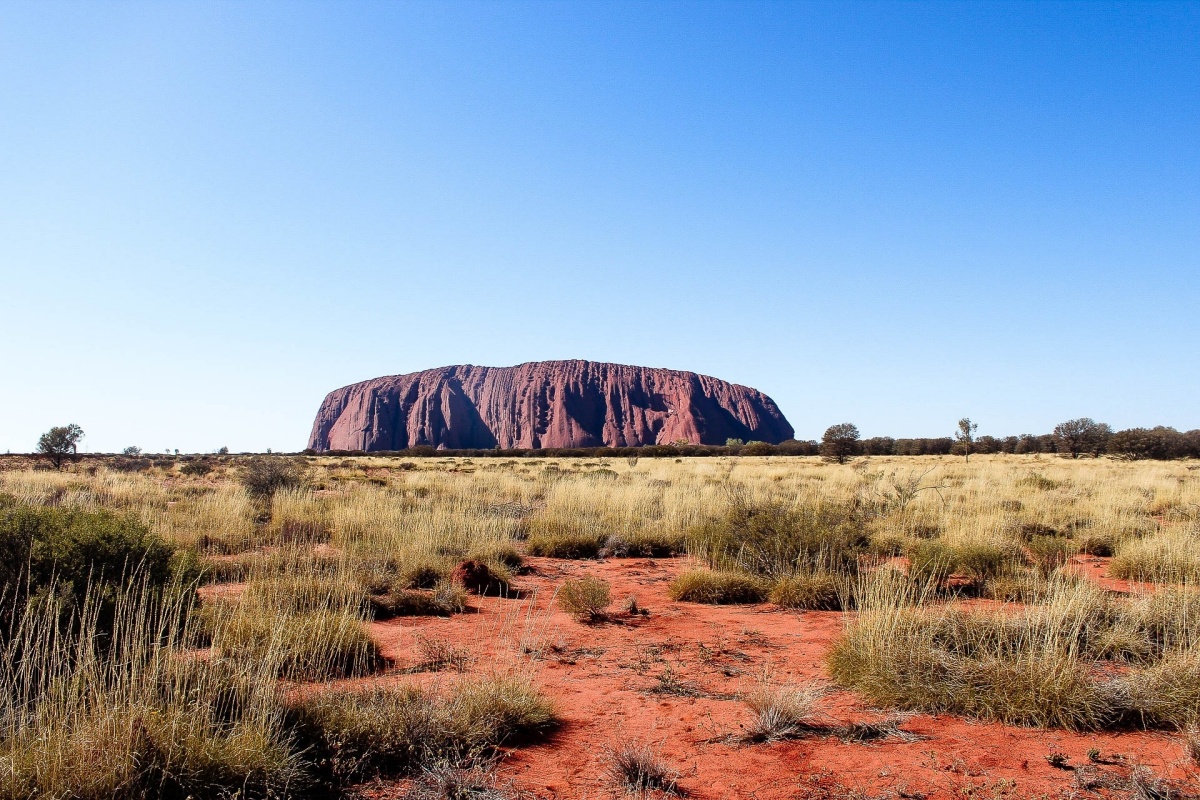Tourists have flocked to Uluru or the Ayers Rock, the sacred Aboriginal site in Australia’s Northern Territory (NT), to get a glimpse of rare waterfalls on the iconic rock after heavy rainfall.
The Uluru-Kata Tjuta National Park recorded about 50 mm of downpour over the weekend, almost one sixth of its average yearly rainfall, reports Xinhua news agency.
Advertisement
The deluge caused waterfalls to cascade down the sacred rock, attracting tourists in droves, according to The Australian Broadcasting Corporation.
Advertisement
In a post on social media, national park rangers described the phenomenon as a “unique and extraordinary weather event”.
“Rainwater on the rock’s surface causes it to change colour,” it said.
“From dark burgundy to shining silver and even black, every side of Uluru takes a different shade, making this spectacle a photographer’s delight.
“Following the rain, desert plants bloom and many animals emerge to mate and feed,” it added.
Hundreds of native frogs and insects have emerged from deep in the sand where they seek relief from scorching Outback heat.
“There are actually four species of frogs in the park which are well adapted to desert life. They bury themselves deep in the sand at a depth where the temperature is constant,” the rangers said.
“When the rain is heavy enough to soak down to where they have burrowed, they know that the waterholes and creeks are full. They will then emerge, often in vast numbers, to breed. After breeding they bloat themselves full of water and bury themselves below the sand again.”
Uluru is listed as a Unesco World Heritage Site and was named earlier this month as the world’s third best places to see by international travel guide Lonely Planet.
It is also considered to be a place of spiritual significance by its indigenous custodians, the Anangu people.
Advertisement











